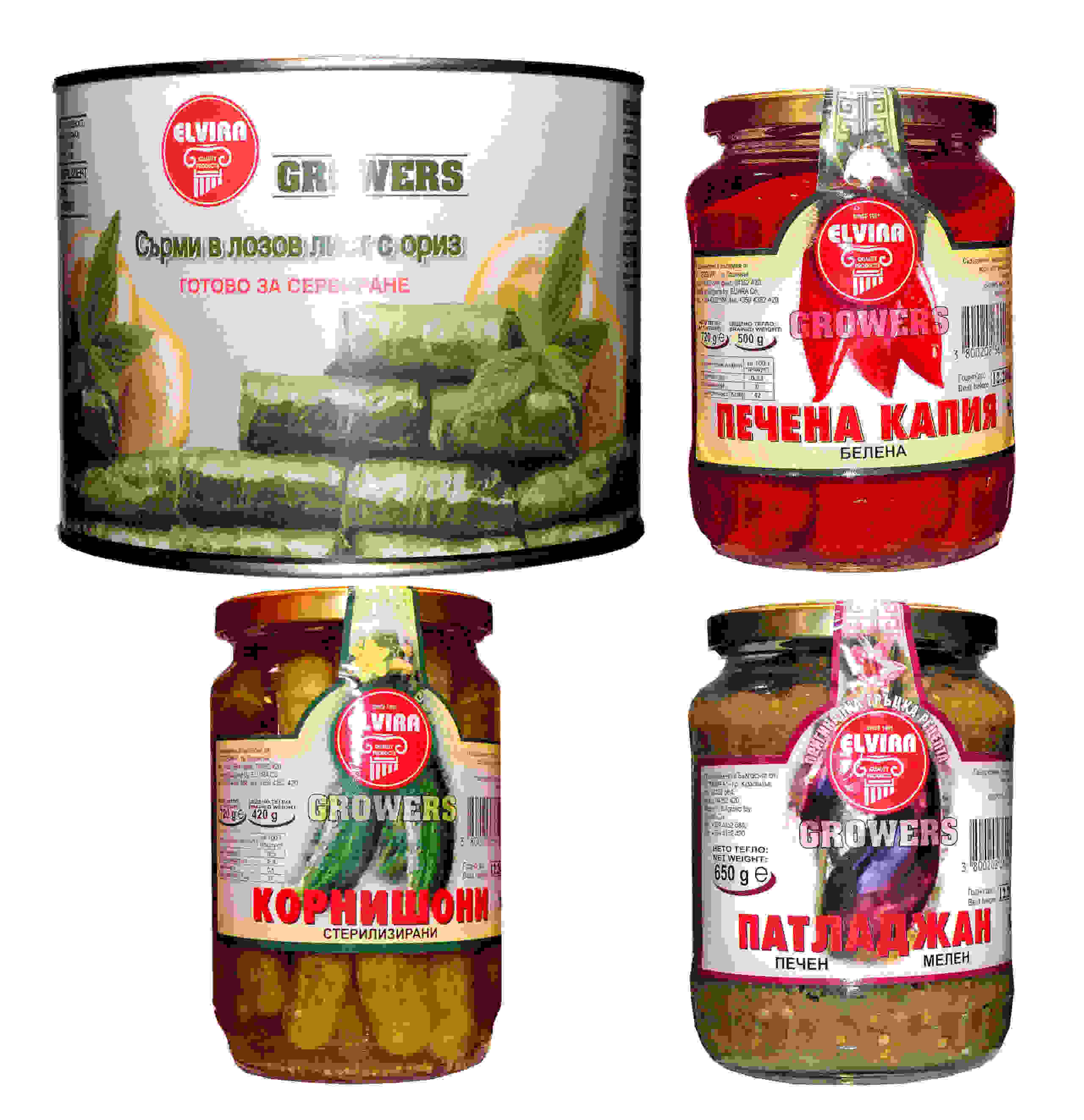Discover the Fiery Flavor of Peter Pepper: A Guide to Red Hot Pepper Varieties and Culinary Uses
#### Description:When it comes to adding a kick to your culinary creations, few ingredients can rival the bold and spicy allure of the Peter Pepper. Known f……
#### Description:
When it comes to adding a kick to your culinary creations, few ingredients can rival the bold and spicy allure of the Peter Pepper. Known for its unique shape and intense heat, this red hot pepper variety is not just a feast for the palate but also a visual spectacle in any garden. In this comprehensive guide, we will explore the origins, characteristics, and culinary applications of the Peter Pepper, ensuring that you can make the most of this extraordinary ingredient.
The Peter Pepper, also affectionately known as the "Peter Pepper," is a distinctive chili pepper that hails from the southern United States. Its name is as memorable as its appearance, with a shape that often draws a chuckle or two. But beyond its whimsical form lies a pepper that packs a serious punch. Typically measuring between 3 to 6 inches in length, the Peter Pepper can reach heat levels of 5,000 to 30,000 Scoville Heat Units (SHU), making it a formidable contender in the world of spicy peppers.

One of the most appealing aspects of the Peter Pepper is its vibrant red color, which signals its ripeness and readiness for culinary use. The flavor profile of this red hot pepper is complex, offering a blend of sweetness and heat that can elevate a wide range of dishes. Whether you’re looking to spice up a salsa, add depth to a sauce, or create a fiery marinade, the Peter Pepper is an excellent choice.
In the kitchen, the versatility of the Peter Pepper shines through. You can chop it finely and incorporate it into fresh salsas, where its heat can be tempered by the sweetness of tomatoes and the acidity of lime juice. Alternatively, consider roasting the red hot pepper to bring out its natural sweetness and smoky flavor, perfect for adding to tacos or grilled meats.
:max_bytes(150000):strip_icc():format(webp)/red-bell-pepper-944123334dfe4e978c29a22e32a56344.jpg)
For those who enjoy experimenting, the Peter Pepper can also be used to make infused oils or hot sauces. Simply blend the peppers with vinegar and spices, and you’ll have a homemade condiment that can liven up any dish. The heat level can be adjusted based on your preference, allowing you to create a sauce that’s just right for you.
If you’re a gardener, growing Peter Peppers can be a rewarding experience. These peppers thrive in warm climates and require plenty of sunlight. With proper care, you can enjoy a bountiful harvest that will not only spice up your meals but also serve as a conversation starter at your next dinner party.

In conclusion, the Peter Pepper is more than just a red hot pepper; it’s a culinary gem that brings both flavor and fun to the table. Whether you’re a seasoned chef or a home cook looking to experiment, incorporating this unique pepper into your dishes will undoubtedly impress your guests and tantalize your taste buds. So why not embrace the heat and explore the world of Peter Peppers? Your culinary adventures await!